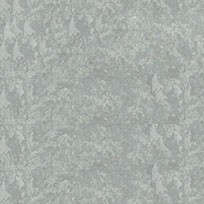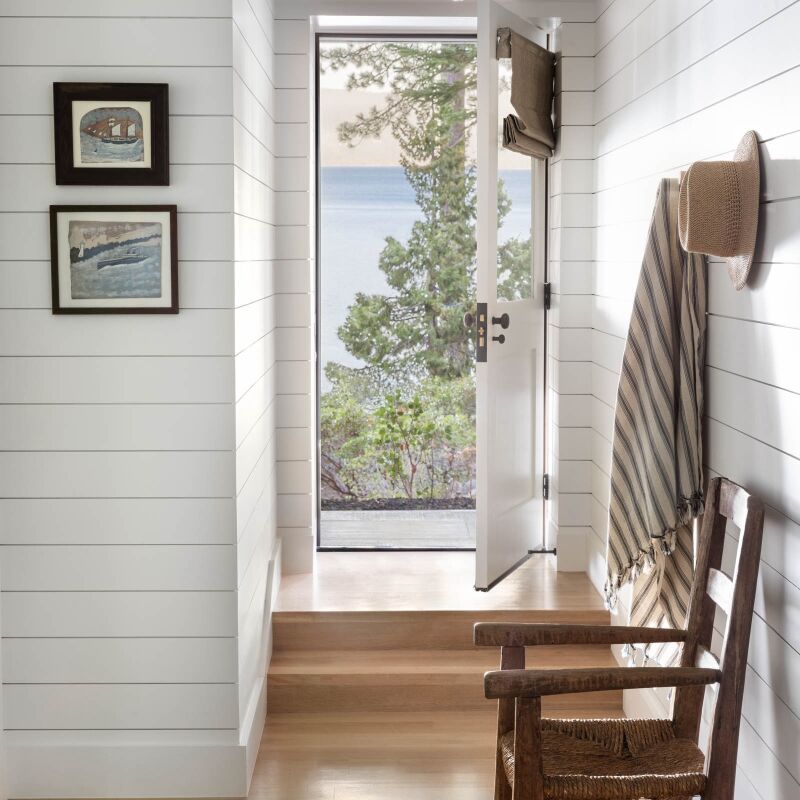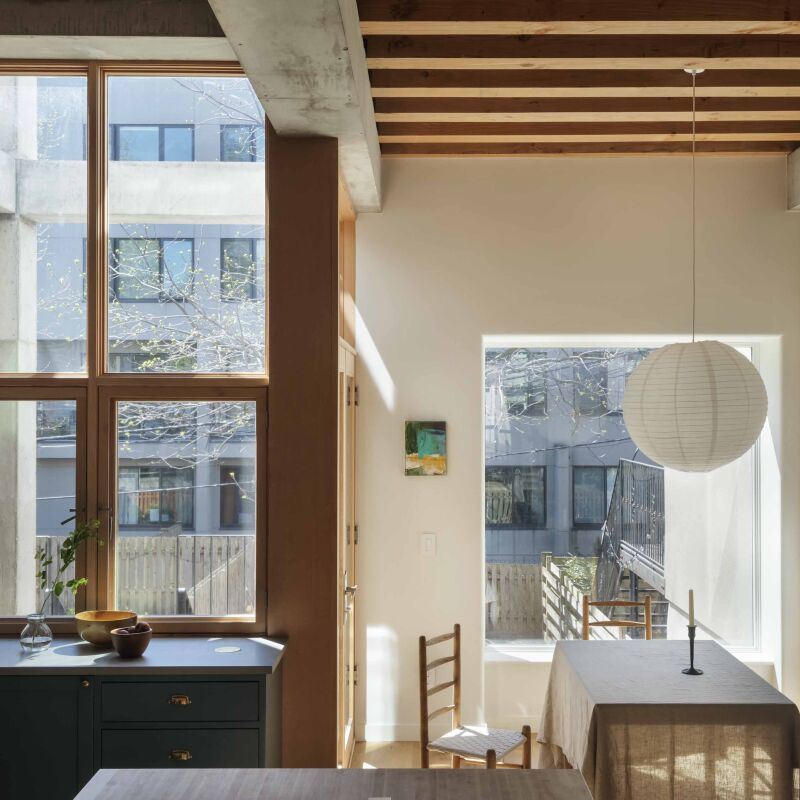Linoleum has an undeserved bad rep. Mistakenly lumped in with vinyl, it’s seen as cheap and environmentally disastrous. But, in fact, linoleum is an altogether different material—one that’s durable, green (it’s biodegradable), and affordable. Is it time to give linoleum a chance? We think so; here’s why.

What is linoleum?
The name “linoleum” is derived from the Latin Linum (flax) and Oleum (oil), and gives a clue to its makeup: Linoleum is a made of natural, renewable ingredients, including linseed oil, wood flour, cork dust, tree resins, jute, ground limestone, and natural pigments.

What’s the difference between linoleum, Marmoleum, and vinyl flooring?
The only thing that linoleum and vinyl flooring have in common is affordability and, to some extent, appearance. Vinyl is a synthetic material made from nonrenewable, petroleum-based materials that release VOCs, melt under high heat, and have color and patterns that are applied to the surface only. Linoleum, on the other hand, releases no VOCs (only a linseed oil scent when first installed), is long-lasting (estimated life span, 30 to 40 years), and its color runs throughout. To give vinyl some credit, it is highly waterproof, whereas linoleum is porous and requires a sealant to match vinyl’s water repellence.
Marmoleum is to linoleum as Levi’s is to blue jeans; Marmoleum is a brand of linoleum made by Forbo. It’s the longstanding market leader in linoleum flooring. Armstrong is another leading brand of linoleum.

What colors does linoleum come in?
This is not the linoleum of the past. The color palette now extends far beyond school-cafeteria drab. In addition to a rainbow of solid and multicolor options, offerings include marbled, stone-look, flecked, and wood-grain patterns.
Linoleum’s natural finish is a grainy matte. It can, however, be buffed to a smooth honed surface, or polished to a shine.



Does linoleum flooring need to be sealed?
Because linoleum is a porous material, it needs to be sealed before installation. The product is evolving, however, and most linoleum now comes with a nontoxic sealant that is applied during the manufacturing process. When sealed, it is in impenetrable and resistant to water damage, making it a good choice for kitchens, bathrooms, entries, and laundry rooms. Some linoleum floors should be resealed annually, while those with factory sealants often have long warranties (Forbo’s Marmoleum Click Classic, for instance, comes with a 25-year warranty).
What about cleaning and other maintenance?
Naturally antistatic and antibacterial, linoleum is easy to clean. A duster or vacuum is recommended for debris, while a damp mop with a very mild cleanser is suggested for periodic cleaning. Harsh chemical compounds are to be avoided.

As the New York Times put it, “the neighbors may be appalled, but Mr. Beckstedt is a big fan of the affordable, much-maligned flooring. Linoleum is ‘very, very chic,’ he said. ‘It’s like wall-to-wall carpeting, except it’s a hard surface and you can scrub it.'”
How is linoleum flooring installed?
Linoleum is available as tiles and sheets, each with its own requirements.
Modular tiles and planks:
Easy to lay out and install, tiles and planks (akin to strips of wood flooring) can be fixed with an adhesive to the subfloor. Some versions are available in a click-together, tongue-and-groove format that can be quickly installed on top of any flat floor without adhesives.
Sheets:
Sheet linoleum is more complex in terms of installation: It requires cutting, fitting, and an adhesive “glue-down” to apply it to a flat subfloor–work that’s typically done by a professional.
How much does linoleum flooring cost?
While slightly more costly than vinyl, linoleum is a bargain compared to wood, ceramic tile, and natural stone. A good ballpark estimate is $3 to $5 per square foot installed. By comparison, hardwood flooring costs an average of $8 to $15 per square foot.
Linoleum Flooring Recap
Pros
- Produced from renewable and recycled natural ingredients
- Does not emit toxins or use toxins in the manufacturing or disposal process
- Recyclable and biodegradable
- Affordable
- Flexible, won’t crack
- Soft underfoot: has some spring and give
- Easy to clean
Cons
- Still has a bad reputation as drab
- Conjures up unnatural feeling of vinyl
- Porous, often requires sealing
Considering flooring? See the following Remodeling 101 posts:
- Remodeling 101: Polished Concrete Floors
- Remodeling 101: Easy Whitewashed Scandi Floors
- Ask the Expert: The Ins and Outs of Wood Floors
And Christine explores warmth underfoot in Remodeling 101: 5 Things to Know About Radiant Floor Heating.
N.B.: This post is an update; the original story ran on September 18, 2014.
Frequently asked questions
What is linoleum flooring?
Linoleum flooring is a natural flooring material made from linseed oil, cork dust, wood flour, and other renewable materials. It is durable and long-lasting and has been used in homes for over 100 years.
How much does linoleum flooring cost?
Linoleum flooring can range from $2 - $7 per square foot depending on the quality and design. On average, the cost of installation ranges from $4 - $5 per square foot.
Is linoleum flooring eco-friendly?
Yes, linoleum flooring is eco-friendly as it is made from natural and renewable materials. It is biodegradable and emits no harmful VOCs (volatile organic compounds) making it a safe and sustainable choice for your home.
Is linoleum flooring durable?
Yes, linoleum flooring is durable and long-lasting. It can withstand heavy foot traffic and is resistant to scratches and dents. With proper maintenance, it can last up to 40 years.
Can linoleum flooring be installed over existing flooring?
Yes, linoleum flooring can be installed over existing flooring such as vinyl, ceramic tiles or wood if they are in good condition. However, it is advisable to remove any damaged or loose flooring before installing linoleum.
How do I clean and maintain my linoleum flooring?
To clean and maintain your linoleum flooring, sweep or vacuum regularly to remove dirt and debris. You can also damp-mop the flooring with a mixture of warm water and mild detergent. Avoid using harsh chemicals and abrasives as they can damage the flooring.





Have a Question or Comment About This Post?
Join the conversation